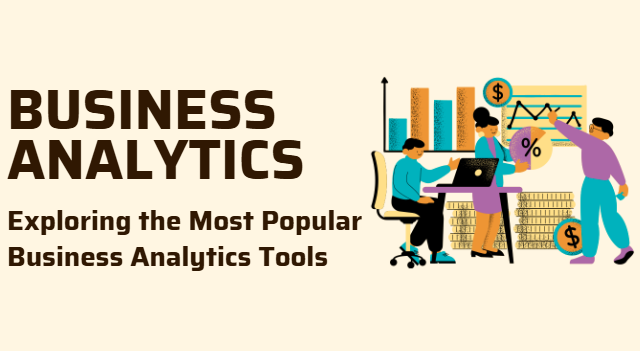In today’s fast-paced world, supply chains are the backbone of countless businesses. They ensure a smooth flow of goods, from raw materials to finished products, ultimately reaching satisfied customers. But a critical and often challenging aspect of this intricate dance is demand forecasting.
Demand forecasting helps businesses plan for the future by predicting customer demand. This data allows businesses to make intelligent decisions that can impact their profits.
Simply put, demand forecasting involves predicting the amount of a product or service customers will likely require in a given timeframe. It’s a balancing act that requires a blend of art and science. Getting it right can lead to happy customers, optimal inventory levels, and a healthy bottom line.
On the other hand, inaccurate forecasts can result in stockouts (empty shelves) that frustrate customers or excess inventory that ties up valuable resources. If consumers can’t find the product they want in stock, they will likely switch to another brand or retailer. According to a survey conducted by McKinsey, 71% of consumers made such a switch.
The Toolbox of Demand Forecasting Techniques:
There are numerous forecasting techniques, each with its strengths and weaknesses. Some of the most commonly used ones include:
- Moving Average: This technique takes the average of past sales data over a set period, smoothing out fluctuations. It’s simple and effective for stable demand patterns.
- Exponential Smoothing: Similar to moving averages, but assigns a higher weight to more recent data, making it adaptable to changing trends.
- Trend Analysis: This technique identifies the underlying trend in historical data and projects it into the future. It’s useful for products with consistent growth or decline.
- Seasonal Analysis: This method accounts for predictable seasonal fluctuations in demand, like a surge in toy sales during the holiday season.
These are just a few examples, and the best approach often involves a combination of techniques. A well-rounded understanding of these methods is crucial for supply chain management professionals.
Understanding the Importance of a Top PG Diploma in Supply Chain:
A PG Diploma in Supply Chain Management equips you with the knowledge and skills to navigate the complexities of demand forecasting. Programs from reputed distance learning institutions like MITSDE delve deep into the various forecasting techniques.
This equips students with the ability to analyse data, identify trends, and select the most appropriate forecasting methods for specific situations.
The Data Dilemma: Challenges of Accuracy
The foundation of any good forecast is accurate data. However, gathering and maintaining clean data can be a significant challenge. Factors like:
- Incomplete or Inaccurate Sales Data: Human error or system glitches can lead to discrepancies in sales records.
- External Factors: Economic fluctuations, competitor activity, and even weather patterns can significantly impact demand.
- New Product Launches: Forecasting demand for a new product is inherently tricky since there’s no historical data to rely on.
These challenges can make it difficult to achieve perfect accuracy. However, a PG Diploma in Logistics and Supply Chain can help professionals develop strategies to mitigate these issues. This may include data cleansing techniques and incorporating external market data into their forecasts.
How New Tools are Enhancing Demand Forecasting
The good news is that the world of forecasting is constantly evolving. Here are some exciting new technologies impacting the field:
Machine Learning (ML):
ML algorithms can analyse vast amounts of data, identify complex patterns, and generate more sophisticated forecasts.
Big Data Analytics:
By harnessing the power of Big Data, companies can gain valuable insights from a broader range of sources, including social media sentiment and customer reviews.
Artificial Intelligence (AI):
AI can automate many time-consuming forecasting tasks, freeing up human resources to focus on strategic analysis and decision-making.
These technologies offer immense potential for improving forecast accuracy and allowing businesses to respond more dynamically to changing market conditions. Demand forecasting will always be challenging. However, businesses can significantly improve their forecast accuracy by combining the proper techniques with a solid grasp of data analysis and the latest technologies. A PGDM Supply Chain from MITSDE can equip you with the knowledge and skills to excel in this critical area of supply chain management.

